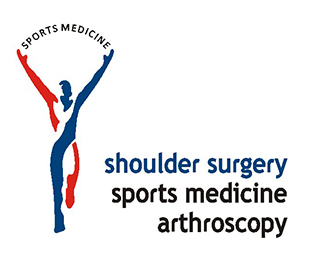Arthroscopy of the knee joint is a very established procedure for the last several decades. It is possible to carry out reconstructive surgery accurately with good cosmesis and rapid recovery.
The common indications are
Ligament reconstructions – ACL, PCL, MPFL etc..
Meniscus repair / partial menisectomy
Synovectomy
Post joint replacement especially for “patellar clunk syndrome”
1. Anterior Cruciate Ligament (ACL) injury.
ACL is one of the key ligaments located in the centre of the knee joint. It is made up of two fibre bundles, anteromedial and posterolateral. It provides rotational stability to the knee and prevents it from buckling.
In case of ACL tears, the patients often feel unstable and experience a sensation of the knee giving way on any rotational stress. Thus activities such as sports, dancing, walking on uneven ground, going down stairs rapidly etc unmask the instability. Some patients are able to overcome the issue by toning down their activity level. However, the vast majority of young and active people will benefit from an arthroscopic ACL reconstruction.
This surgery involves harvesting a graft from the patient (usually hamstring) and replacing the torn ACL with the prepared graft. This is performed arthroscopically and the patient usually goes home in a day or two. The recovery is usually very rapid and return to sports is permitted at around 6 months from the surgery.
2. Meniscus
Meniscus is a tough cartilaginous C shaped structure inside the knee which helps dissipate forces across the knee evenly. There are two in each knee, inner and outer side known as the medial and lateral meniscus respectively.
These menisci can get damaged due to a sudden or a twisting force on the knee. Whenever possible, a traumatic meniscus tear ought to be repaired arthroscopically. If the tear pattern or other factors render the tear irreparable, a partial menisectomy is performed where as small a portion as is possible of the meniscus is excised arthroscopically and the remaining meniscus balanced.
3. Posterior Cruciate Ligament (PCL) injury.
The PCL is an extremely strong ligament situated inside the knee. It provides stability against posteriorly directed forces on the knee. A PCL tear is usually a result of a high velocity injury such as a vehicular accident and may be a part of multi ligament injury. A PCL reconstruction is performed arthroscopically using specialized and highly accurate instrumentation to enable exact recreation of anatomy.
4. Synovitis.
The synovium is the membrane lining the joint cavity. In certain conditions, it may get inflamed and this is then known as synovitis. The common causes of synovitis include rheumatoid arthritis, infections such as tuberculosis, chondromatosis or pigmented villonodular (PVNS). If the synovitis is unresponsive to conservative management, an arthroscopic synovectomy provides not just the sample for histopathology examination but also a substantial reduction in the disease load.



